Millennials are popular targets for the tabloid press. Young people are criticized for everything from their style to their sexuality, and are routinely dismissed as snowflakes, overly sensitive, or unrealistic about their social and political beliefs. It's no wonder they sometimes seem to have so little hope for the future.
Not content with critiquing just about everything about the way their children and grandchildren choose to conduct their lives, the older generation have now started blaming their descendants for the closure of several businesses, and the death of established traditions. Apparently, there's nothing that can't be wrecked by the young.
In this list article, we're going to take a look at every dying trade and practice which the press has accused millennials of sabotaging and killing off. It's almost like they believe the under-35s are doing it by choice, as opposed to the fact they just don't have any money!
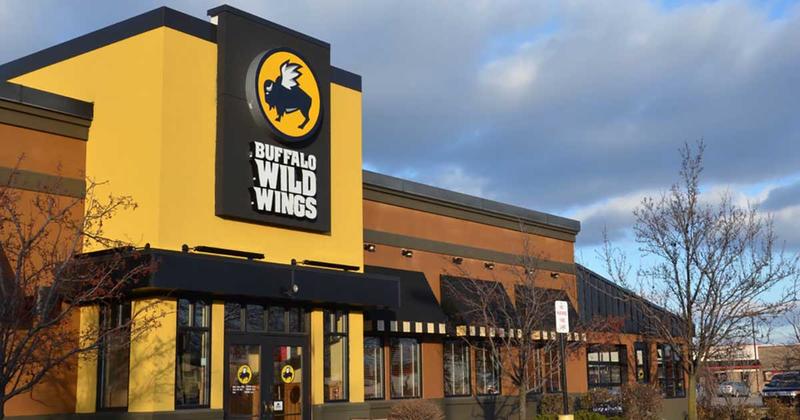
We're a little sad about this one, but we suppose that it was an inevitable consequence given how technology has progressed. Thirty years ago, it was customary to send a postcard to friends and family when you were on vacation. The postcard usually had a picture of wherever you were staying, and a message to tell them how much fun you were having. It was a little strange, but it was cute in its own way.

It just isn't necessary now. All your friends know where you are and what you're doing every day, because you put it on social media. When you're on vacation, your Instagram account is full of pictures of your face, with famous landmarks in the background. You can send messages to whomever you want, whenever you please. Postcards are quirky and archaic - but again, millennials are being blamed for a consequence of technology!
There's supposed to be a few more steps along the property ladder than millennials are taking. According to the traditions of previous generations, you start off small with a cheap house, and then move into a larger and more expensive one when your family grows, or when you need more room for storage. It would seem that millennials aren't too keen on living in cramped accommodations.

Rather than buying a cheap home when they're in their twenties, it's now more common for young people to carry on renting until they've entered their thirties, and then buy a larger home when they can afford to do so. That means houses in the two-hundred to three-hundred-thousand-dollar range are struggling to sell, because nobody wants them. Perhaps the real issue might be that starter homes are more expensive than they used to be, or credit checks are too restrictive?
Alcohol is bad for you. Although it's been drunk by human beings to either celebrate the good times or drown their sorrows for hundreds of years, everybody knows that drinking too much beer isn't good for your long-term health. Previous generations didn't get as many health warnings about the dangers of beer as millennials have been exposed to, and statistics indicate that they've been listening to the warnings. They don't drink as much as their parents.
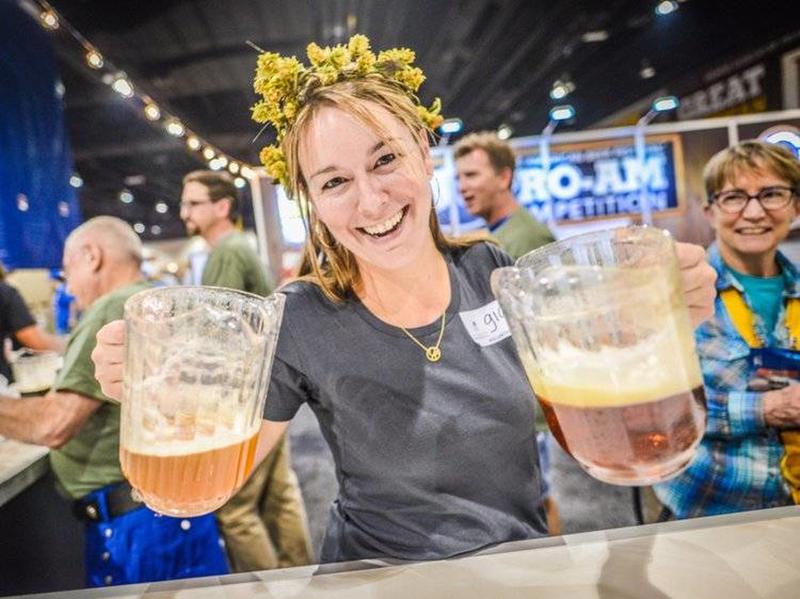
When millennials do drink, they prefer spirits or wine to the humble beer, and as a result, brewers are counting the cost of this change in tastes. Between 2006 and 2016, wine and liquor took ten percent of the alcohol market share from beer, and that trend has been continuing at around 1% per year since. The fact that a pint of artisan 'craft' beer is often more expensive than an entire bottle of wine might have something to do with this.
The distinction between napkins and paper towels probably isn't a big one - unless you happen to be a company which is involved in the manufacture of napkins. If you are, you'll have been noticing it's getting harder to sell your stock for a long time now. Because paper towels are more versatile than napkins, young people are more likely to buy them. 86% of households told a recent Mintel survey that they'd purchased paper towels in the last six months, compared to only 56% who'd bought napkins.

This may have something to do with the downturn in casual dining. You tend to be served napkins with a meal at such an establishment, and so with fewer meals being served, fewer napkins are being handed out. Also, paper towels are measurably better at the job of cleaning than napkins are. Millennials don't necessarily have anything against napkins - it's just that they're becoming obsolete.
The further down this list we go, the more you'll notice that some of the items on it are connected. If Millennial people aren't buying starter homes, and are generally leaving it later in life to buy houses at all, that's obviously going to impact sales at home improvement stores. People can't pay for home improvements if they don't own a home to improve!
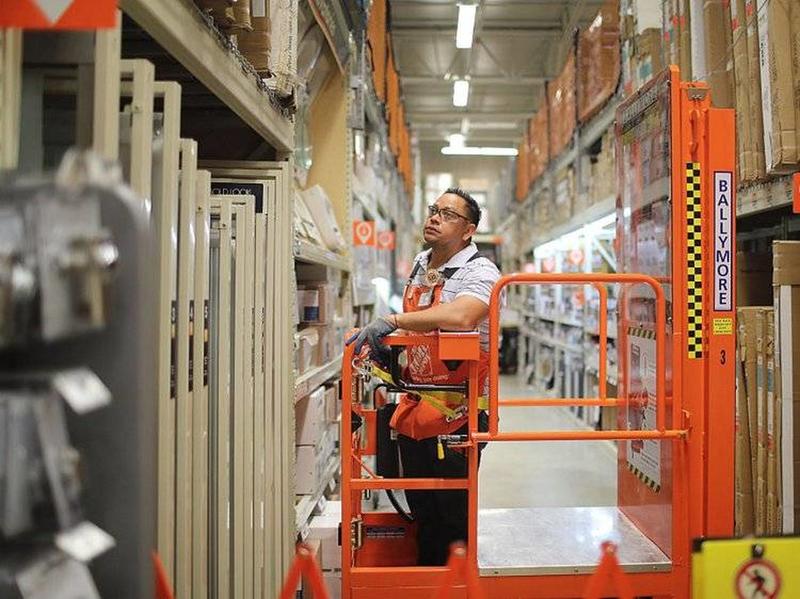
At the moment, the disinterest in home improvements among young people is being balanced out by older generations being more interested in the practice than ever before. The over 50s are spending big money on improving their existing assets, but if the young don't engage with the same practice soon, though, their existing customer base is likely to start disappearing within the next decade. They'll probably be hoping that someone has found a way to fix the housing market by then.
A bowl of cornflakes in the morning is the breakfast that millions of Americans were raised on for years - but not anymore. Mintel has been busy again collecting data on how millennials go about choosing breakfast, and a whopping 40% of them say that they never consider cereal because it results in washing up. As they often have to be up at the break of dawn to get to their underpaid jobs, generating mess on the way out of the door isn't appealing to them.

Instead of pouring a bowl of cereal, a Millennial is statistically more likely to have a yogurt, a wrapped sandwich, or just about anything that they can eat while in the move. Not having the time to sit down in the morning and eat something is also a factor. Millennials are actually more likely than their parents to make sure they at least eat something for breakfast - it's just that cereals aren't what they choose to eat.
You'll find a lot of rich people on the golf course, but very few of them are young. Playing golf, for a long time, has been as much about status as it is about sport. Owning golf clubs indicates that you have money, and you have the time to spend hours of your time whacking a ball around a course. Many a business deal used to be struck during a game of golf - but that isn't how business works anymore.

Millennials go to the gym, keep themselves fit, and are generally more active than their parents in every way - but they don't play golf. Many golf clubs (as in organizations which allow you to play the game, not the stick used to hit the ball) report that their members are slowly getting too old to visit the course anymore, and the younger generation isn't turning up to replace them. That's presumably because they're all doing spinning, or CrossFit.
Nothing says 'rock and roll' like turning up on a Harley Davidson, but rock and roll isn't cool anymore, and neither are motorcycles. You don't see many young people walking around in denim and leather with patches sewn onto their jackets, and that's because they're not riding bikes. Harley Davidson, in particular, is feeling the squeeze, with AB recently changing their rating of its shares to 'market perform' rather than 'outperform.' Their sales are consistently falling by 2% a year.

It's unknown why millennials aren't enthused about getting on a motorbike and hitting the freeway. Some people have suggested that it might be down to safety concerns, whereas others say it's more likely to be fear of theft. If this trend continues, the Hell's Angels might have to start sending representatives to careers fairs to persuade people to take up the habit.
We've already covered starter homes, but it's not just those small dwellings which are failing to attract young buyers. The whole idea of owning a property doesn't seem to appeal to millennials as much as it did to the generations who came before them. The percentage of people below the age of 30 owning homes is currently at its lowest point in recorded history.

There's little doubt that banks have played a role in this. Since the financial crash in 2008, lending terms have been far more restrictive than they used to be, which makes mortgages more difficult to obtain. There's also the issue of affordability. Houses have generally been thought to be overpriced for a long time now. Despite that, those who work within the market seem surprised that nobody wants to buy from them at inflated prices anymore.
We've just told you that millennials are more likely to eat yogurt for breakfast than cereal, so how can it be the case that they're also shouldering the blame for the downturn of the light yogurt market? The reason is simple: it's just the wrong type of yogurt. The nuances between different types of yogurt may be lost on many people, but it isn't on millennials. They're very selective about what they choose to put into their bodies, and light yogurt isn't on their 'preferred' list.

Light yogurt is made with good intentions - it's called 'light' because it's either low in fat or low in calories. They are, however, usually high in sugar. Millennials give that a hard pass, and choose to go for natural yogurt instead. Greek yogurt sales are on the rise, while sales of light yogurt are dropping by $200m a year. That's unsustainable - unlike natural yogurt.
Millennials are conscious of hygiene and staying clean, so it might be something of a surprise to hear that bars of soap aren't flying off the shelves anymore. The general trend in the whole 'baths and showers' industry is an upward one, with the market rising year on year. Within that industry, though, two percent fewer soap bars have been purchased every year since 2014. Mintel was once again sent out to conduct surveys to find why, and once again millennials proved to be the problem.
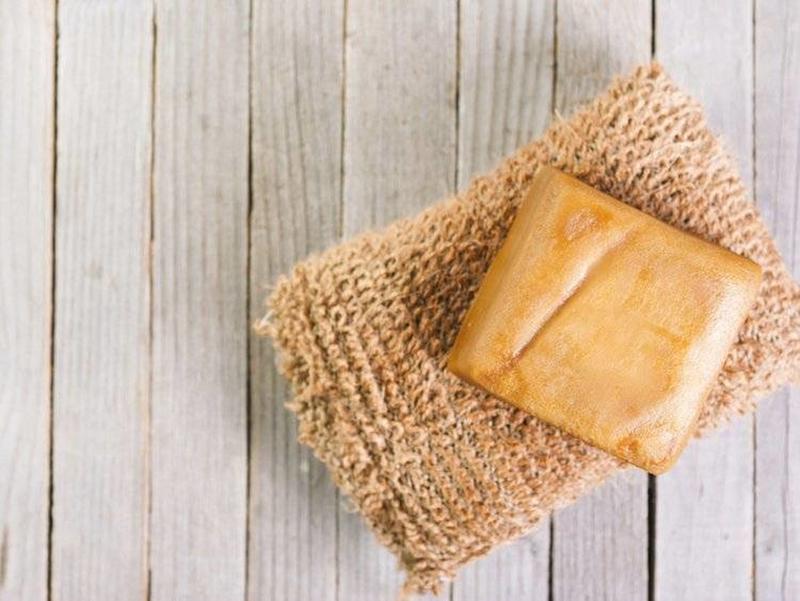
People responding to the survey were asked whether they believed bars of soap became dirty or contaminated with germs after a single-use. 70% of people over 65 said no, but 60% of those aged 18-24 said yes. They prefer liquid soap that comes from bottles, which is simply rinsed away after a shower. Now you think about it, bars of soap do seem kind of disgusting when you've had them for a while.
Diamonds are a girl's best friend - providing she, or the person who bought one for her doesn't mind paying for one on a credit card, with interest, for the next ten years of their life. There aren't many practical uses for a diamond other than decoration, and as millennials tend to have lower disposable incomes than their parents, they don't have the budget to spend big on shiny bits of rock.

The decline of marriage among young people has had a knock-on effect on diamonds. Fewer under-35s than ever before are getting married, and those who do are increasingly using cheaper alternatives than diamonds when buying rings. In response, companies who sell diamond rings are currently working out how to change their marketing to bring millennials back on board. We imagine that a sharp drop in prices might help a little.
Is this a case of young people not knowing how to do their laundry, or just a change in the way that laundry is done? There's definitely something going on - 15% fewer liquid fabric softeners are being sold in the USA now than there were in 2007. For market leader Downy, it's even worse; they've suffered a sales loss of 25% during the same period.

In a grumpy interview, Downy's head of global fabric care told investors that he doesn't think millennials understand what the product is, or what it does. If that's the case, perhaps he should be having a strong word with his company's marketing division, who have clearly failed to do their job. The prevalence of 'two in one' laundry solutions available in stores has likely eaten away at standalone fabric softener sales, too. Why pay for two things when you can achieve the same job with one product, at a lower cost?
It's almost like growing up during a major financial crisis that wreaked economic havoc all over the world has caused young people to look at banks with suspicion! Years ago, bank managers often knew their customers. Nowadays, they never see them. To be fair to both millennials and banks, this probably has more to do with technology than anything else.
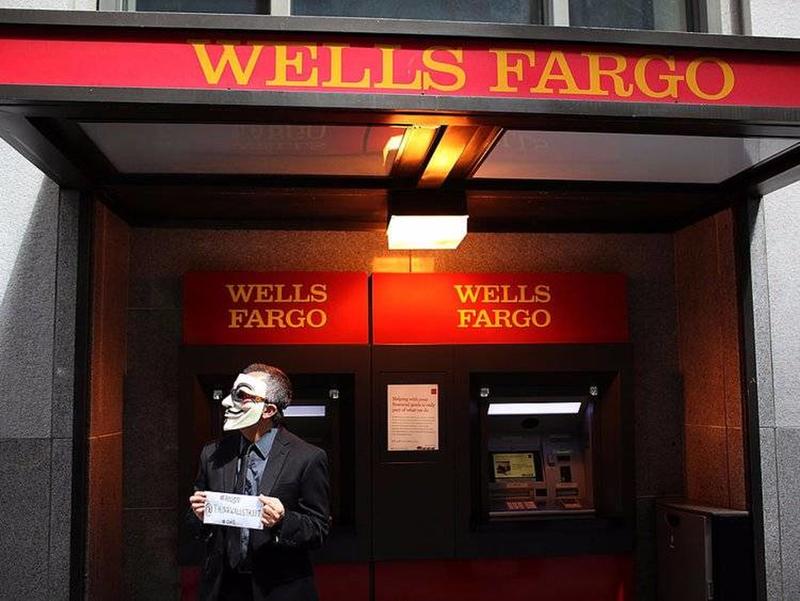
If you go back a couple of generations, anyone wanting to withdraw money from a bank had to go inside to do it. Now, ATMs make that unnecessary. On top of that, most banking products are now applied for online instead of in-store, rendering many physical banks obsolete. If your customers can do everything online, they have no need to come and see you in the flesh. 40% of people under the age of 24 say they have never set foot in a physical bank at all.
Perhaps this category should really be 'some' department stores, because we hear very different stories from different Main Street brands. Macy's and Sears have been hammered almost to the point of extinction by a downturn in sales, with even Kmart under increasing financial pressure to stay afloat. Millennials are still buying clothes - it's not like they're walking around naked - they're just not buying them from department stores.
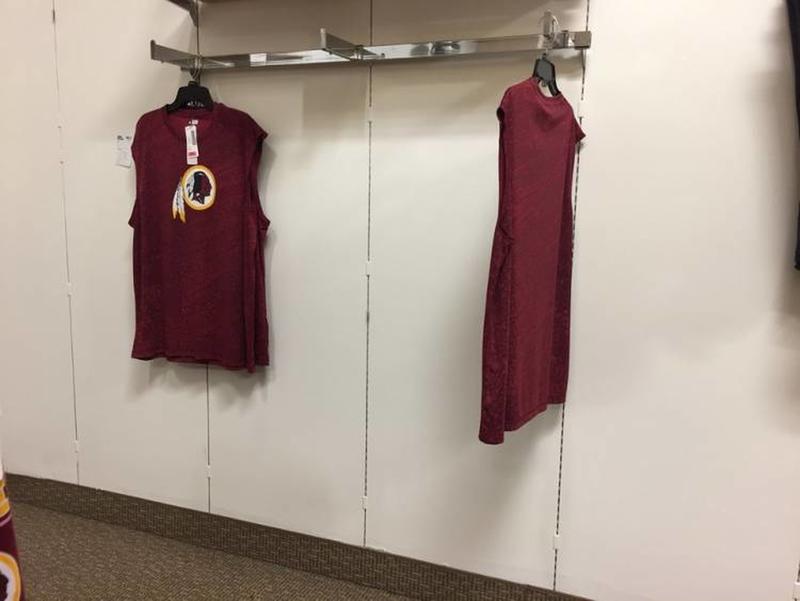
The average Millennial is more likely to spend money on an experience than a brand. If they can afford to go on a luxury vacation by saving money on designer clothing, they'll do it. They're not as attracted by big-name brands as previous generations have been, and are happy wearing private labels, or picking up discount clothes from Zara or H&M. Putting a high-fashion label on the same t-shirt you can buy for half the price at H&M without the label no longer works.
Staying on the topic of young people being less likely to have their heads turned by designer labels, the companies which make designer handbags are finding life a little more difficult than it once was. Kate Spade and Michael Kors are still staying afloat, and still selling plenty of bags, but they've had to drop their prices in order to do so - millennials just wouldn't bite at the previous high prices.

Fashion industry experts have opined that this is down to cynicism - the brands became so big that they became 'uncool,' and so people stopped buying them. As is the case with many of the entries on this list, it's equally likely that the lack of spending power millennials have has made designer handbags a luxury they couldn't afford. Also, if the big companies can make a profit selling the bags at a lower price, you can't help but feel they should have been doing it all along.
We admit it - this one came as a surprise to us. Millennials are generally seen as fitness freaks, so we expected gyms to be posting record profits, and dealing with more applications than they can handle. Instead, it seems like they're desperately scratching around for business, because young people are more likely to be at bespoke specialist classes or attending boutique fitness centers.

Gyms, while providing an environment to get fit in, tend not to specialize. It seems that the bulk of Millennial keep-fit enthusiasts like to pick an activity that they enjoy doing, and go to a location that offers that activity, and nothing else. We've also read reports that the gym business model puts people off, with people preferring to 'pay as they go' rather than be charged a monthly subscription. We're sure the customer base for gyms would be there among young people if the gyms were willing to rethink the way they trade.
It's cheap, it's cheerful, and it's a staple of the American diet, but millennials aren't big buyers of American processed cheese. Kraft and Velvetta have both reported declining sales figures, with Kraft dealing with the implications of a 1.6% drop in 2018. As with everything else, it's the younger end of the market who aren't engaging in their product.
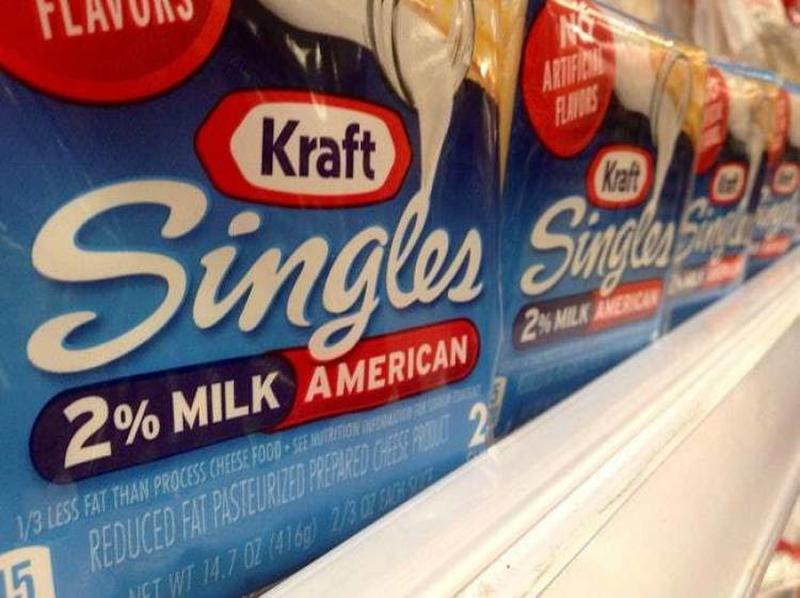
While the loss of some traditions and foodstuffs is a shame, it's hard to feel much sympathy here. Served in single, plastic-wrapped slices, rubbery in texture, and injected with so many preservatives that you could probably hand it down to your grandchildren before it passed its sell-by date, processed cheese doesn't actually look or taste much like real cheese at all. American cheese is out, and European style cheese is in. Perhaps this is a step closer to America embracing the baguette.
By 'casual dining' we mean the sort of dining which is more upmarket than going to McDonald's but less glamorous than booking a table at a restaurant inside the Hilton, or one which has Michelin stars. The casual dining industry has taken a severe hit in recent years, with well-known brands like Ruby Tuesday and Applebee's forced to cut costs wherever they can. Regrettably, that's included the closure of stores, and the loss of jobs.
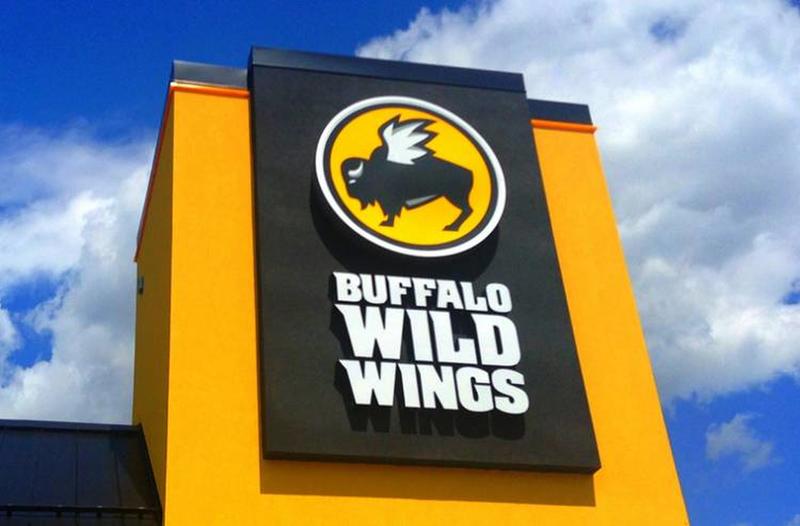
Apparently, the trend among millennials is to either eat at home, or order a takeaway. When they do go out, they'll either hit a fast food restaurant or spend their money on a classier establishment, cutting out all of the venues which occupy the middle ground. You'd have thought that cooking at home and eating healthily would be viewed as a positive trait, but apparently, that's not the case.
You probably don't buy a lot of oil directly from the people who extract it from the ground, and nor do most people. The oil industry is at threat from the young though - and that's because nobody wants to work in it. For decades, people who work in the oil industry have been painted as greedy and corrupt. Oil has also been seen as the cause - or at least a factor - in many armed conflicts all over the world. Factor in the fact that millennials are also more interested in renewable energy that fossil fuels, and you have a ticking timebomb for the oil industry.

We suspect that oil companies will always find people willing to work for them, but if the next generation decides to opt for renewable energy instead of oil in a big way, it won't take long for profit margins to get squeezed. A drop in the demand for oil would have an enormous impact on the global stock market, but to millennials, that's better than allowing oil companies to continue as they are.
This isn't an industry - it's the whole concept. If statistics are to be believed, millennials enjoy the young, free, and single lifestyle a whole lot more than their parents did. They're waiting a lot longer to settle down - if they ever choose to settle down at all. Getting married, buying a house, and starting a family were once the expected rites of passage for everybody, but millennials seem to care nothing for tradition.

Gallup recently conducted a poll among millennials about their dating habits, and the results were surprising. Only 16% of people under 35 are married - the lowest recorded figure in history. A further 14% are living with their parents. That's far less than half. As for everybody else? If they have time for anyone else in their lives, they presumably find them on Tinder and keep things casual.
This is just strange, and we find it odd that people even conduct research on such things, but they do, and the numbers apparently don't lie. US President Donald Trump is apparently not a fan of shaking hands - because he finds it unhygienic - but that's apparently something he has in common with millennials. They're more likely to go for a hug than a handshake, if they even want any physical contact with other people at all.
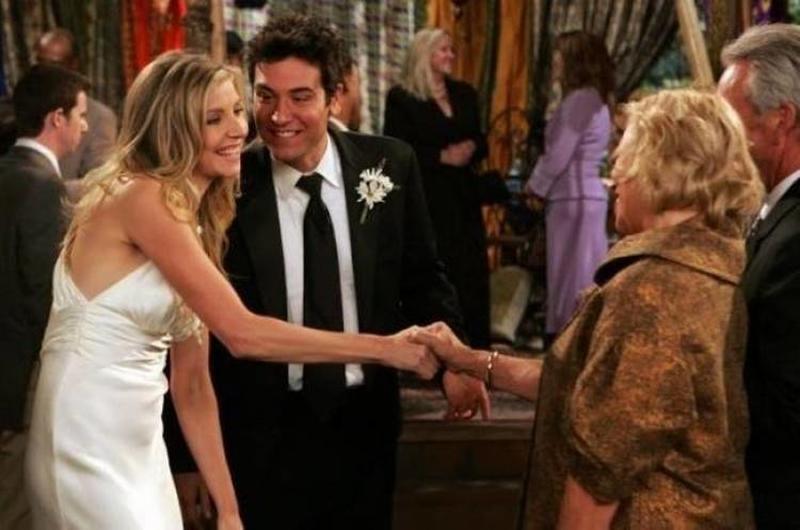
Even when they do shake hands, they do so with little conviction. People used to be judged by how firm their handshake was, and according to the Journal of Hand Therapy, millennials have particularly limp handshakes. Future generations might come to look at the idea of gripping the limb of someone you've just met as hard as you possibly can as a very weird idea.
Dolly Parton gave everybody a warning about the rigors of working a 9-5 job years ago, and millennials were paying close attention. They agree with many of the sentiments that Parton expressed in the song - it's no way to make a living, it's all taking and no giving, and they never give you credit. The routine work schedule of the past doesn't look like it's going to exist in the future at all.

Technology has made the idea of punching a clock in the office at nine in the morning irrelevant, and the 24/7 nature of many businesses has made shutting up shop at 5 pm undesirable. Unfortunately, that's led to longer working hours for millennials. 84% of them say they're often dealing with work emails well into the evening, but at the same time, 77% of them feel like having a flexible working schedule gets the best out of them in terms of productivity. We guess they just work harder than their parents.
This probably sounds obvious, because it follows that if millennials aren't getting married (or even entering relationships) then of course they're not going to be going on a Honeymoon. That on its own is having an effect on companies which offer honeymoon packages, but there's more to it than that. Even within that small percentage of millennials who do choose to tie the knot, many of them are deciding not to go on a Honeymoon after the event.

The reasons behind this are quite depressing. A lot of newlyweds simply can't get enough time away from work to take a Honeymoon. Because many millennials are self-employed, not working means not receiving a salary, and having just paid for a wedding, their salaries are needed more than ever. Some apparently even choose to take 'unimoons' - a vacation away from their partner from a week to compensate for all the stress that went into planning the wedding together.
As per our previous comment about department stores, an (alleged) drop in the sale of pants does not mean that young people are walking around naked. Instead, a change in lifestyle is at play. As sales of traditional pants - including dependable jeans - have declined, sales of leggings and other workout garments have increased. It seems that people are going straight from work to the gym, and therefore don't need other forms of leisure clothing to wear around the house.

The image this conjures is one of a young person who goes to work in business clothes, finishes their working day, puts shorts or leggings on, and then spends the rest of the day in them. We find this hard to believe, but the decline in the sales figures of pants is a fact, so there has to be something to it.
Millennials invented crowdfunding. Crowdfunding is a product of the internet, and there was no internet before the time of millennials, so that age group is responsible for almost all the innovation that's happened on the world wide web. Crowdfunding is a great idea; it helps projects get money they'd never be able to raise elsewhere, and it helps people in severe need. Many charities rely on it. With all of that in mind, why do some people feel that millennials are now killing the concept?
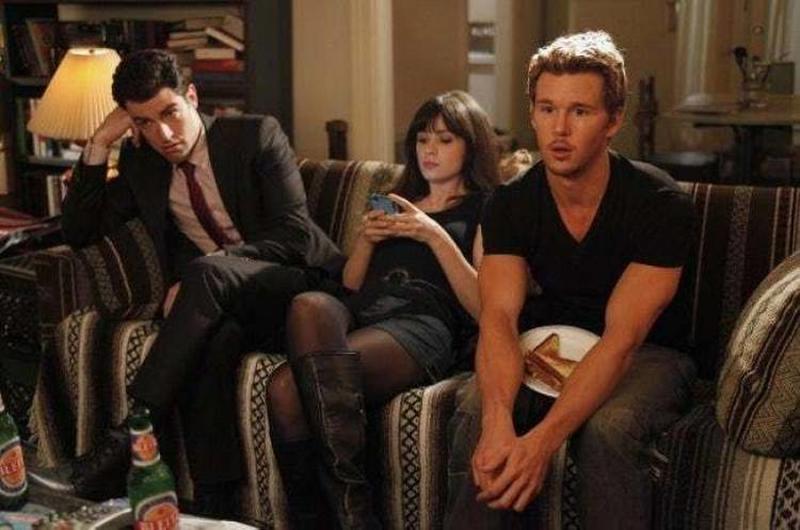
If some (probably Boomer) analysts are to be believed, crowdfunding websites are now full of people asking for money for basic expenses. We have people trying to crowdfund their rent, or their tuition fee money. This isn't what the format was invented for, and the multiple 'questionable' funding requests are drowning out all the worthy causes. Over time, this is starting to make people suspicious of crowdfunding. Are the analysts right? Only time will tell.
The principle of bulk shopping is a good one, and it's on that principle that companies like Costco have thrived for years. Buying multiples of an item is cheaper than buying small quantities of the same item, and so it makes sense to stock up. Costco, and businesses like it, invite people to order a whole month's worth of shopping (or even more) in one go, and have it delivered. What could go wrong?

The Washington Post has chimed in on this, and they've identified two threats to the current bulk shopping model. The first is that ordering direct from a supermarket or store for a weekly shop and having it delivered is no longer much more expensive than visiting a warehouse. The second is that millennials - who, as we keep being reminded - don't buy houses for years - don't have much storage space. It doesn't matter how cheap your goods are if you have nowhere to put them.
Every November, a predictable article will appear either in a national newspaper, or on a prominent website. In that article, somebody will say that Christmas is being ruined by 'politically correct snowflakes' who don't celebrate the occasion out of fear of offending somebody. The more hysterical opinion pieces will claim that people are trying to get Christmas 'banned.' Nobody's really trying to ban it, but it does seem that millennials genuinely do avoid the phrase 'Merry Christmas.'

A NewsHour poll conducted last Christmas revealed that under-30s are the only age group who are more likely to wish you 'Happy Holidays' than 'Merry Christmas,' and their reason for doing so is that the phrase is more inclusive. That doesn't mean they're 'ruining Christmas' though - over two-thirds of them still put a Christmas tree up every year. They're just choosing to celebrate the event in a more inclusive manner.
The hotel industry just didn't see the millennials coming. The business practices for many hotels involved selling a room at a reasonably low rate, and then making a profit from serving breakfast, offering room service, providing a minibar and a whole raft of other add-ons. Millennials have a habit of refusing all those offers - they just want a bed to sleep in at night, and beyond that, they probably won't even be in the room at any other time.

There's another threat to the hotel industry which is beginning to bite, and that's Airbnb. No hotel can offer someone the comforts of home - but someone else's home can. Airbnb spaces are frequently offered by millennials to other millennials, and all the money for temporary accommodation stays in Millennial hands. Large hotel chains are still trying to work out what to do about this.
The majority of working days, nominally at least, include an hour for lunch. That hour used to be spent leaving the office, finding a nice eatery somewhere nearby, and sitting down with a friend or colleague for a light meal. In the 1990s and earlier, you might even have an alcoholic drink with that meal. Try telling that to a millennial, and they'll congratulate you on your wit and repartee as soon as they've stopped laughing.
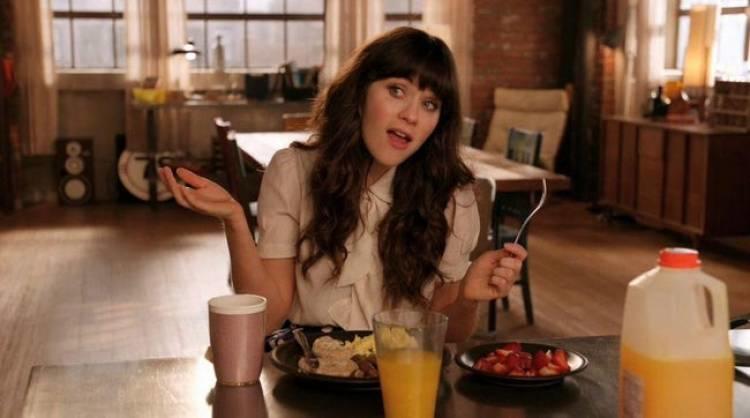
Millennials - like most workers - are finding that lunch hours are increasingly a myth. Although employers can't make it a policy, there's a quiet expectation that you'll eat a snack at your desk and carry on doing at least some work during your mealtime. Besides, snacks contain fewer calories, and aren't as expensive. The millennials are saving more money, and employers are getting more labor. It's capitalism in action.
The decline in the use of cash is one of the more visibly evident Millennial trends. How many bars, stores, or other outlets have you been to recently which have accepted payments by card only? Twenty years ago, the majority of such retailers insisted you use cash, and would only take a card if you were ordering over a certain amount. Now, they're more likely to refuse your cash and ask for your card instead.
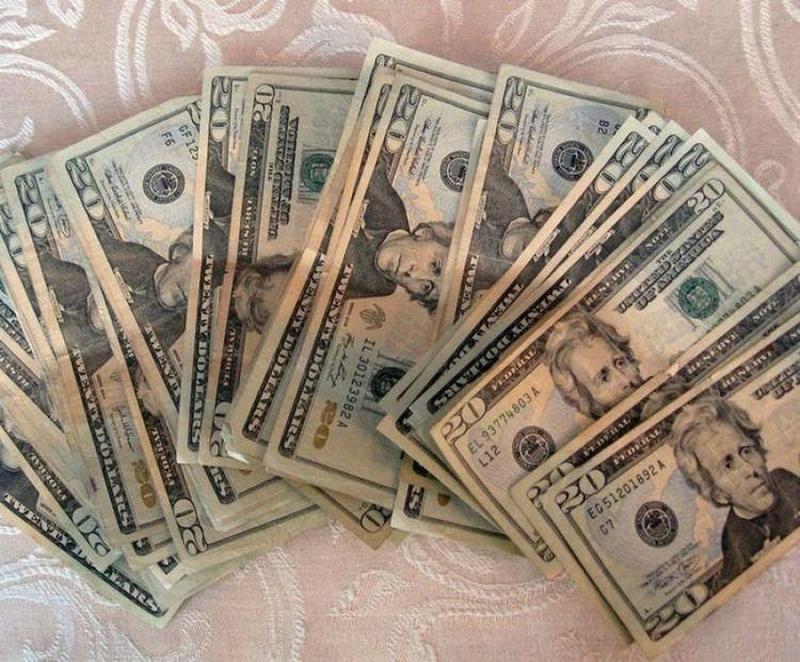
Marist, who run a lot of these polls, recently asked people how they like to pay for their shopping. 63% of those under 30 said they only ever used their card; that's twice as many as the age group directly above them (30 to 44). With contactless payments and mobile banking, card payments are seen as more convenient and less hassle when it comes to little details like waiting for change.
Unless a Millennial owns a cat, they're probably not buying canned tuna. The Wall Street Journal's research says that while 45% of people over the age of 55 regularly purchase canned tuna, that number falls to 32% for millennials. That means that the companies who make canned tuna should make the most of their customer base while they're still there - the future doesn't look rosy for them.

In a similar complaint to the one we saw from the fabric conditioner industry, the vice president of Skarkist (one of the major manufacturers) recently complained that Millennials 'don't even own can openers.' We don't think a lack of suitable tools for opening cans is behind this downturn though - the root of the problem probably lies in the fact that canned food is viewed as processed food, and is therefore perceived to be low quality.
Does anything say 'America' more than a whole family sitting down around a large turkey on Thanksgiving, and arguing over who gets the best cut? Traditions like this may be part of the heart and soul of the US right now - but they might not be twenty years from now. Turkeys are slowly sliding off the Thanksgiving menu, and large ones are being left on the shelves more than small ones.

Millennials tend to be more conscientious than their forebearers about food wastage, so they won't buy a large turkey just so they can show it off on their table. Organic turkeys don't grow to that size, so a Millennial will likely assume that a large turkey has been battery farmed, and reject it on those grounds. They likely don't have room in their house to host a large meal anyway, and even if they did, they're much more likely to be vegan or vegetarian than the generations who came before them.
If the older generation of women is honest about this, they'll admit that they wish they had the courage to do what exactly what millennials are doing now - turn against the stiletto heel. They may be the height of fashion (or at least they used to be), but they've always been uncomfortable and impractical. Choosing a stiletto for a big night out is like asking for someone to come along and twist your ankle for you.

Aside from being impractical, stilettos are expensive - and by now we know how millennials feel about unnecessary expense. The young are generally more casual in their choice of clothing than Boomers and Generation X. If they can go out in sneakers, they'll do it. If they can't, a nice pair of flats will do just fine. Christian Louboutin is making less money, and hospitals are dealing with fewer broken ankles in the early hours of every Saturday and Sunday.
Outside of sommeliers and genuine connoisseurs, nobody can tell the difference between wine that comes from a bottle with a cork, and wine that comes with a bottle with a screw top. To be honest, even if they could tell the difference, it's likely that most millennials wouldn't care so long as it got them drunk. Their lives are hard enough.

Millennials enjoy wine more than beer as we know, but they'll probably buy it in a screw-top bottle instead of a corked one. The reasons why are numerous, but the corked bottles being more expensive is definitely up there. There's also a surprising amount of incorrect information about corks on the internet, including false claims that corking wine bottles has caused deforestation of cork trees, and that corks can actually spoil wine rather than preserving it. Also, predictably, there are accusations that millennials don't have corkscrews in their kitchens. What do older people think is in the average millennial's kitchen draw?
If you're over 30, you probably remember being a child, and knocking on the door of your best friend's house to ask their parents if your friend could come out to play. Your parents' friends might sometimes have knocked on the door too, to stop by and visit your parents. Nowadays, if someone turned up unannounced outside your front door, you'd likely either assume there was an emergency, or you were under attack.
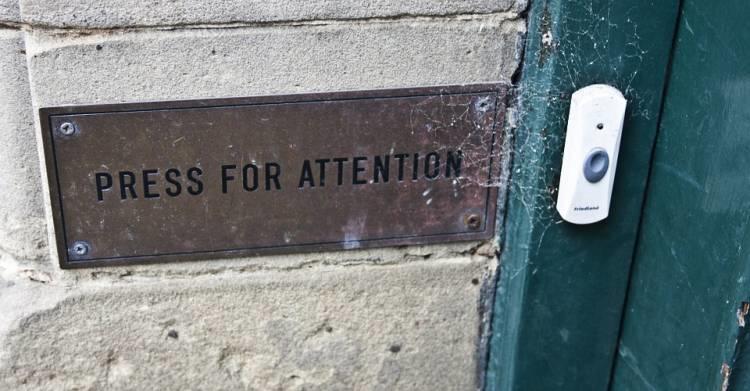
If the Wall Street Journal is to be believed, not only are millennials not buying doorbells, they're having them removed from their homes. They expect anyone coming to visit them to call or text before doing so, and so they won't answer the door if they're not expecting guests. They'll just assume it's a salesperson. Who's really to blame for this, though? Millennials, or the invention of the mobile phone?
When will McDonald's ever learn to stick to what it's good at? Everybody knows that McDonald's food isn't all that good for you. We find it hard to believe that anybody goes there seeking a healthy, nutritious meal as part of a balanced diet. They want something quick and easy, or they're looking for a treat or cheat meal. Nobody ever asked McDonald's to get involved in the 'healthy food' market, and they've been punished every time they tried.
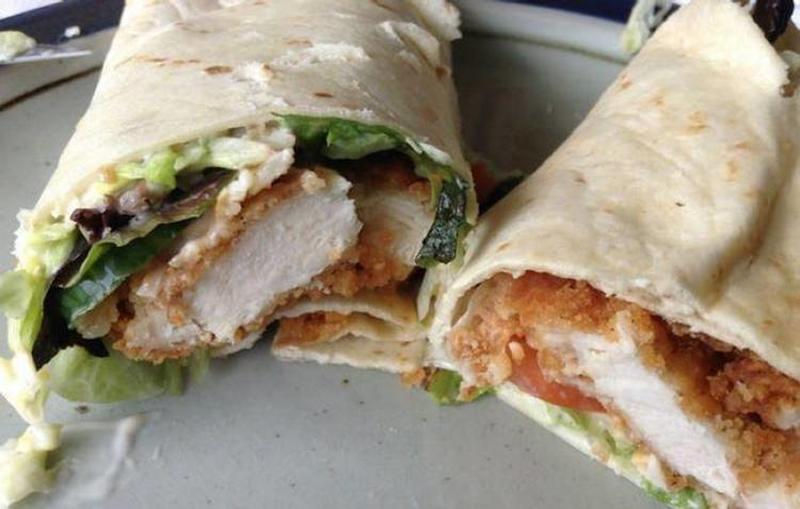
The McWrap was a conscious effort by McDonald's to serve something they thought millennials would love - low calorie wraps with trendy ingredients like Quinoa. They were right that millennials do enjoy food like that - but they buy it from places other than McDonald's. After launching McWraps with a huge amount of promotion and hype, McDonald's quietly scrapped them in 2016 when they failed to sell.
We're at the risk of entering Schrödinger's cat territory here with respect to millennials and relationships. They have fewer relationships, they enter into fewer marriages, and they go on fewer holidays. Do they even get together at all? Apparently so, and when they do so, they tend to mate for life. Millennials get divorced less than older generations do - and that's not just because they marry less.
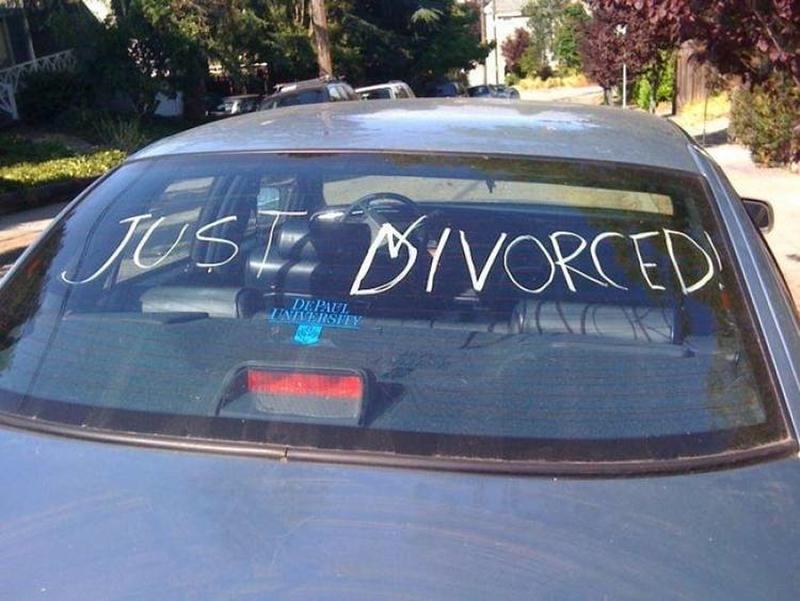
As a percentage, a millennial couple is less likely to get divorced than a couple over 45. This is a slightly misleading statistic because younger couples have had less time to split up, but the percentage of married couples who have divorced by age 35 is lower now than it was ten years ago. Perhaps because millennials wait longer to settle down with a partner, they're more likely to get it right first time.
The obvious cause for a fall in the sale of pet food would be a fall in the number of pets, but that's not what's going on here. If anything, millennials are more likely to have a pet than any other generation. They're more likely to be single after all, so they'll keep a dog or a cat for company. As it turns out, they're just a little choosy about what they feed to that dog or cat.

If you're a keen internet browser, you'll have come across the term 'fur baby' before - and it sums up the way many young people treat their pets. Generic pet food from cans is seen as cheap and nasty, and so some millennials - against veterinarian advice, may we add - have taken to preparing their own meals for their pets. Even when they're not doing that, they go for luxury brands to make sure their pet gets nothing but the best. Looking at it another way, the pets of millennials are eating better than their owners!
Just about everything has been blamed for the worrying downturn in the level of affection that the American public has for football. The kneeling protests of 2016 and 2017 led to negative press, and the American President has spoken out against the NFL repeatedly, which may have switched some of his supporters off the sport. It's not just the NFL which is struggling though; their viewing figures are down, but so are the attendance figures for college football games.
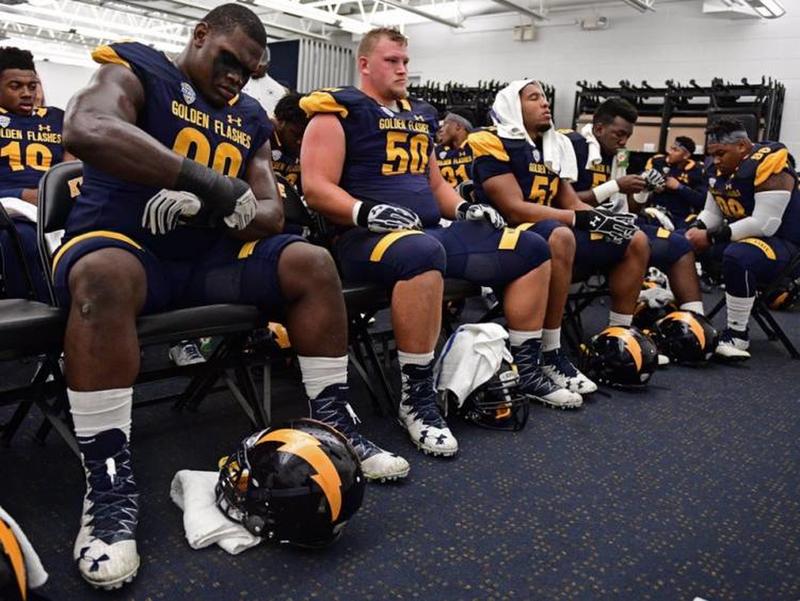
Having exhausted all the other explanations, analysts are now blaming Millennial viewing habits. Millennials are 'cutting the cable' in a big way, deciding not to bother with traditional TV subscription packages and instead finding their entertainment through the internet. The length and slow pace of football games have also been highlighted, with faster and shorter sports seen as more exciting to watch by the Millennial demographic.
There isn't even any solid evidence for this, but millennials are getting the blame anyway! Mayonnaise is on the way out, and all the statistics prove it. During the last five years, sales of mayonnaise in the USA dropped by almost seven percent. If that trend continues, it will soon cease being a profitable exercise to sell it. Mayonnaise retailers are at a loss to explain why this is happening, with Heinz marketing head Jennifer Healy cited as saying that the condiments market is generally 'more competitive' than it was ten years ago. That makes no sense. If it was purely down to competition, sales would still be high, even if market share by brand changed.
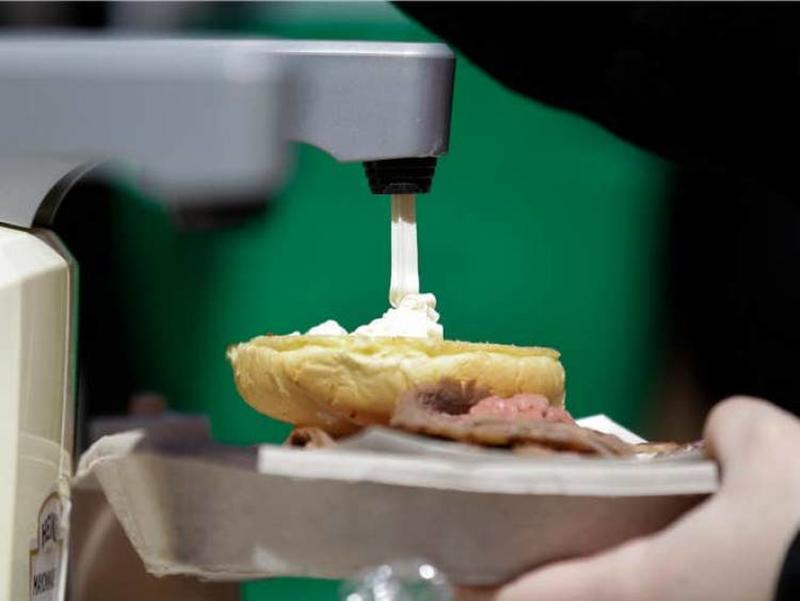
Despite the complete lack of any connection between mayonnaise, declining sales, and millennials, Philadelphia magazine saw fit to print the inflammatory headline 'How Millennials Killed Mayonnaise' in April 2017, backing it up by saying it was all about the condiment being viewed as unhealthy. It would seem that the pattern with declining sales of anything is 'if in doubt, blame young people.'
You may have noticed that beards are very much back in fashion among young men and hipsters, and that's been the case for several years now. That's excellent news for people who like the rugged look, bad news if you find beards prickly, and terrible news if you're a company who sells razors. Grooming giant Gillette's own research indicates that the average number of times a man shaves his face each month has fallen from 3.7 times to 3.2 times during the last ten years, and small margins like that make a big difference to sales figures. Theirs are down over 5% year on year.

As millennial men no longer seem inclined to shave their beards off, Gillette is trying to find different ways to reach them. Instead of promising 'the closest shave ever,' they're now selling a wide range of professional beard trimming and sculpting tools, which they hope will plug the hole in their income.
There are no longer toys in their millions all under one roof at 'Toys R Us.' 'Toys R Us' isn't there anymore, and Geoffrey the giraffe has gone back to the wild to live among his people. Toys R Us is absolutely certain that they know what went wrong with their business, and you already know where this was going. 'Toys R Us' could still be with us and thriving today, if it hadn't been for you meddling kids. They couldn't have been more scathing in the wording of their final annual filing in 2017, stating that their revenues were 'dependent on the birth rates in countries where we operate.' and 'birth rates have stagnated as education and income levels increase.'

Allow that statement to percolate in your brain for a moment. Because young people are better educated and (allegedly) have more money, they do not have children. How selfish of the millennials not to think of the 'Toys R Us' business model when planning the rest of their lives!
When sales of soda in the USA dipped in 2006, everyone assumed it was a blip. They'd been steadily increasing for twenty years; why would they suddenly start going the other way now? Then it happened again. And again the year after. And again the year after that. Now, it's a steep decline that nobody can see a way out of. Pepsi sales by volume are dropping by five percent each year. Coca Cola is doing slightly better, but they're still seeing consistent falls of two percent.

The whole time they were growing up, millennials were told that too much sugar rots their teeth, and that soda is bad for them. They listened to the advice their parents and dentists gave them - and now they're being blamed in the press for killing an industry. As millennials do appear to be more concerned with having perfect teeth than any generation in the past, this one isn't all that surprising.
There's one age group that's more likely than any other to stay away from movie theaters, and you already know which one it is. The New York Post ran the data on this one last year, and found that none of the latest innovations in cinema are working in terms of bringing millennials into theaters. They weren't moved by 3D experiences, they don't care about IMax, and even deluxe seating hasn't shifted the needle. They just don't want to come.

As the generation who invented 'Netflix and chill,' it's not hard to work out where young people are watching films instead of going to see them on a big screen. A monthly subscription to Netflix or Amazon Prime costs less than half the price of a single trip to the movies, and so it just doesn't make good economic sense for them to go.
Going on a luxury cruise feels like a big of a hangover from the 1950s and 1960s. They're an incredible way to see the world, and they generally offer as incredible an experience in the 21st century as they did in the 20th - but don't expect to see too many young adults on one if you decide to book a cruise yourself. They haven't engaged with them as vacation options at all.

Time is precious to millennials, and they don't have much of it to themselves. In the same time it would take them to get from one country to another on a cruise, they could visit five or more destinations by plane - and thanks to budget flights they can do it for less than half the price. Cruises will always have an audience for as long as retired people exist - but as the retirement prospects of millennials don't look great, even that may stop happening eventually.
If you've been reading this list closely so far, you're probably expecting to see a quote from the CEO of a company who sells irons here, complaining that millennials don't have irons in their homes. We don't have any such quote, and we think most millennials probably do own irons - but they just don't have as much call to use them anymore. Because they don't get used, they don't get replaced - and that means fewer irons are being bought.
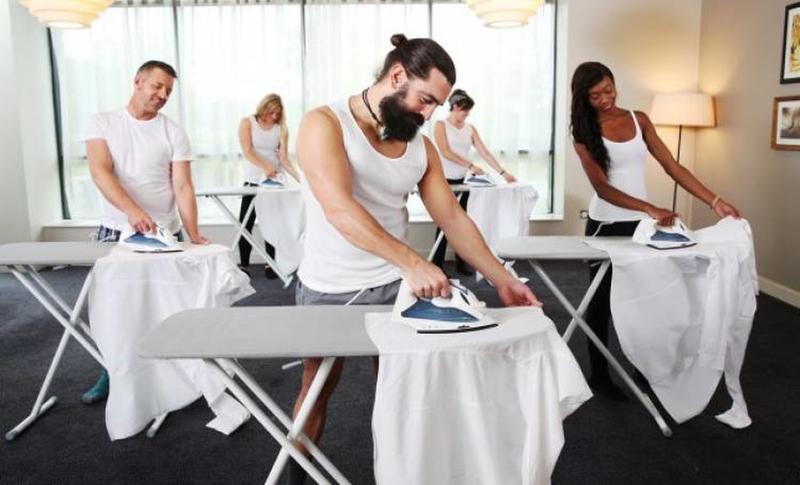
Millennials aren't too lazy to iron; they've come up with another solution to the problem of wasting hours pressing clothes until they're flat. There are a lot of modern clothes which don't need ironing. On top of that, we have sprays which get rid of creases, and dryers which also claim to do the same. Technology is making ironing unnecessary.
Just as they are with stilettos, millennials are doing everybody a big favor with their attitude towards business suits. Whoever decreed that wearing a full business suit was necessary to work in an office had strange ideas about fashion. They're too hot, they're uncomfortable, they scuff up too easily, and they're expensive. On top of that, ties are the most unnecessary invention in the history of clothing.

Wearing a suit used to mean you were successful, but millennials grew up watching a different set of successful millionaires. Bill Gates very rarely wore suits. Steve Jobs never did. Mark Zuckerberg doesn't. The trend has turned on its head - businessmen who don't wear suits are seen as being too successful to need one, whereas suit wearers are likely to be grasping salespeople. The time of the business suit is ending.
We apologize in advance for lowering the tone to anyone who doesn't know what a 'breastaurant' is, but it's rather necessary to explain the concept so we can explain the problem! A 'breastaurant' is somewhere where customers can ogle attractive women while they order drinks or food. If this sounds like a tacky and dated idea, you'll be pleased to know that millennials agree with you. Twin Peaks and Hooters are watching their annual sales figures fall off the edge of a cliff.

Changing tastes in what's deemed to be sexually attractive might be behind the drop-off. The website Pornhub has helpfully supplied statistics indicating that people between the ages of 18 and 24 are almost 20% less likely to use a search term involving female breasts on their website than any other age group. To try to lure millennials back, Hooters have recently tried to re-invent their image by introducing more male members of staff, and amending their menu.
Sex and sexuality among millennials confuse older generations a lot. Young people are ridiculed for wanting to put multiple letters after 'LGBTQ,' accused of making up genders, and generally treated as if their beliefs about gender equality and sexual parity are nothing but youthful hubris. Statistics are showing that young people are walking it as much as they talk it, though - they're watching less adult movies than their predecessors.

Part of this is motivated by a disgust at the way women are depicted in adult films, but PornHub's own data has shown a remarkable connection between the increase in interest in eSports, and a downward turn in people looking for adult movies. During the first day of Overwatch League (it's an eSport), YouPorn traffic dropped ten percent. Generation X often stood accused of developing an unhealthy relationship with internet adult content. Millennials may be reversing the trend.